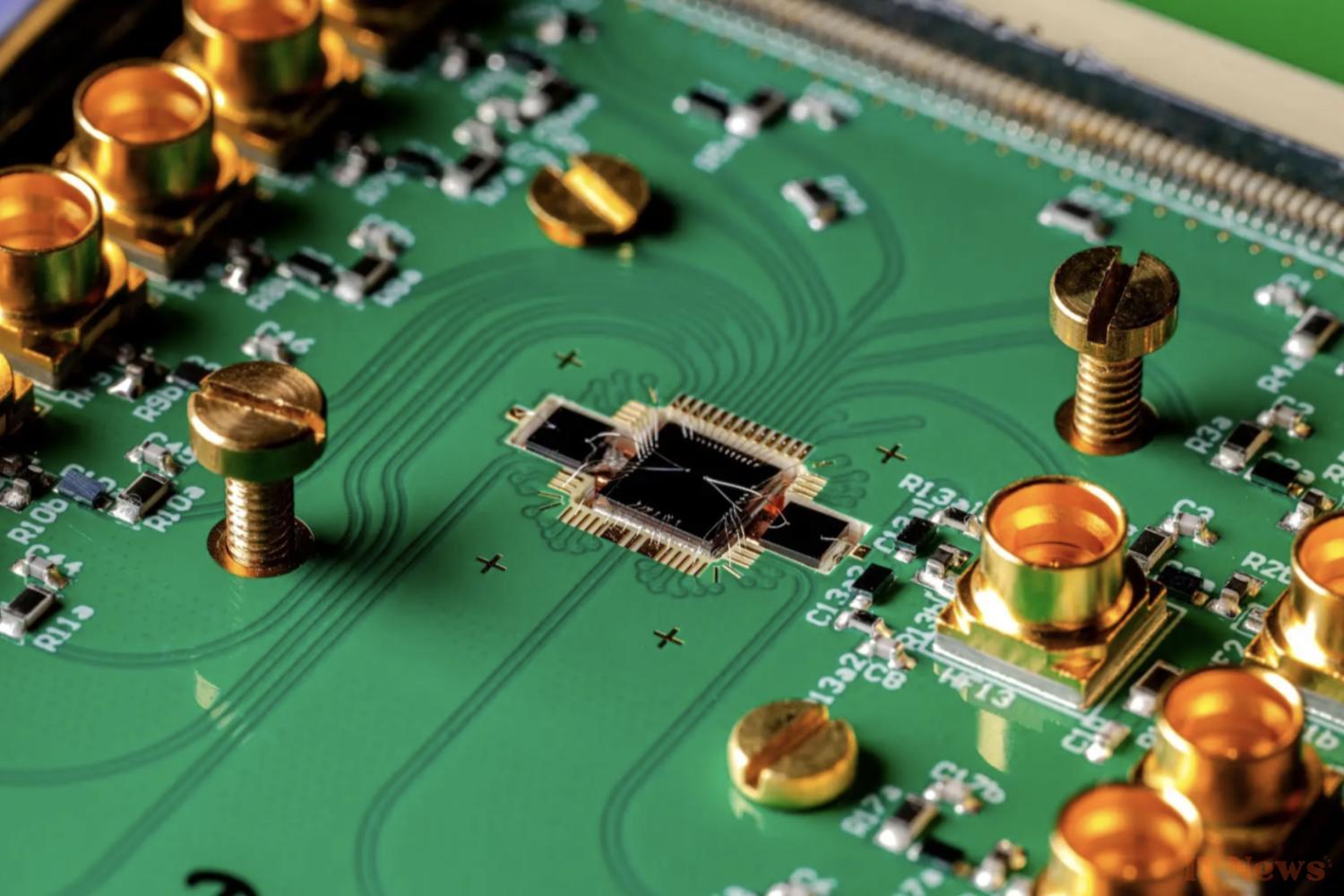Irish startup Equal1 has just unveiled a rather fascinating machine, and to our knowledge, unique in its kind: a hybrid server that combines quantum computing with traditional computing in a medium designed to integrate easily into existing infrastructure.
The machine has been named Bell-1 in homage to the eminent John Stewart Bell, a pioneer of quantum physics who is notably responsible for the very important Bell Inequalities. Physically, this 200 kg beast looks nothing like a conventional server; a quick look at its cryogenic system is enough to understand that this is not a machine like any other.
A unique hybrid machine
This element reveals the presence of a chip called UnityQ Quantum Processing System, which gives it quantum computing capacity. With only 6 qubits, this processor is far from revolutionary in terms of raw power. For reference, Willow, Google Quantum's latest quantum chip unveiled last December, has no fewer than 105. But Equal1's is already packed with very important features in practice, particularly in error correction, which is notoriously difficult to manage in computing.
Despite everything, the Bell-1 is far from being able to compete with the best quantum computers of the moment. But this is not the company's objective, which is well aware of this limitation. With its machine, the firm is primarily seeking to lay solid foundations to accelerate the adoption of quantum computing by industry.
To achieve this, it has relied on a hybrid approach that is apparently unique in the industry. Indeed, the quantum chip is integrated into a system that is also capable of leveraging the best conventional, silicon-based high-performance computing (or HPC) components. In theory, the two poles can work hand in hand to solve complex problems, which could open the way to new real-world applications.
From labs to data centers
The other important point is that the entire machine is designed to integrate seamlessly into today's data centers and HPC computing centers, without the immense constraints inherent in quantum computing. The cryogenic system, for example, is surprisingly light and compact compared to those that power quantum-only computers.
It's also mounted on rails that allow it to be integrated directly into a standard server rack. Finally, to operate the Bell-1, it simply plugs into a standard electrical outlet. This is a significant difference from quantum-only machines, which typically rely on a large, custom-built power supply to keep the qubits at a temperature close to absolute zero.
All of these points are crucial in this context, as quantum computers traditionally rely on highly specialized infrastructure that makes deployment and operation complex and expensive. Having both technologies coexist in a single, affordable device allows professionals to get their hands dirty. With Bell-1, operators can experiment to find ways to harness the unique capabilities of quantum computing without sacrificing traditional computing power, which remains far more important in practice today.
“We’ve taken quantum technology out of the lab and into real-world environments, where it can drive innovation and solve complex computing challenges. This is the dawn of quantum computing 2.0, where accessibility, scalability, and practicality take center stage,” said CEO Jason Lynch. “By removing barriers of cost, infrastructure, and complexity, Equal1 is enabling businesses to harness the exponential power of quantum computing today, not sometime in the future. Bell-1 isn’t just a breakthrough, it’s a computing revolution,” he said.
The Bell-1 is already available for sale, unlike cutting-edge quantum computers, which are currently confined to research laboratories. It will therefore be very interesting to follow Equal1's work, as its unique approach could well give rise to a whole new technological niche that is as fascinating as it is promising.




0 Comments